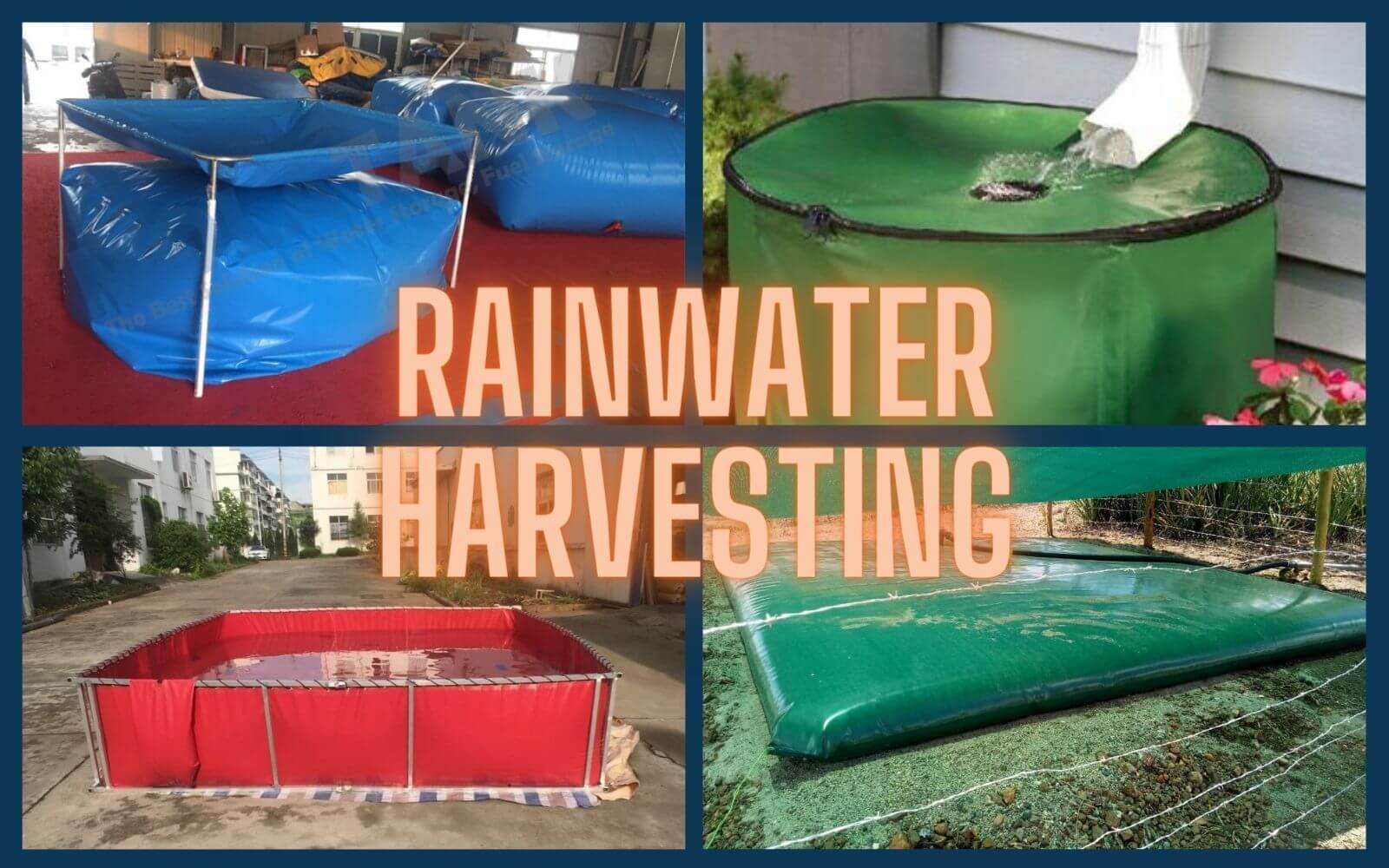Choosing the right rainwater harvesting tank involves considering a few key factors. Here are some things to consider when selecting a rainwater tank:
The capacity of the rainwater harvesting tank will depend on how much rainfall you receive in your area, the size of your roof(if the tank places on the roof), and how you plan to use the collected rainwater.
Determine how much rainwater you need to collect and store to meet your needs, and choose a tank with the appropriate capacity.
Rainwater tank comes in a variety of materials, including plastic, fiberglass, concrete, and steel. Each material has its own advantages and disadvantages.
For example, flexible plastic tanks are lightweight and easy to install, cost-effective, durable, while concrete tanks are durable and long-lasting.
Consider the pros and cons of each material before making a choice.
Consider where you plan to install the rainwater tank.
Choose a location that is accessible for maintenance and installation, and that provides a stable, level surface for the tank.
Rainwater tanks come in a range of prices, and the cost will depend on factors such as the size, material, and features of the tank.
Determine your budget and choose a tank that fits within it.
Flexible tanks uses food grade magerial, TPU, PVC; which is the most the cost-effective way for rainwater harvesting and collection.
Consider any additional features you may need for your rainwater harvesting tank, such as filters, pumps, or overflow outlets.
Check with your local council or authority to see if there are any regulations or permits required for installing a rainwater tank in your area.
By considering these factors, you can choose a rainwater tank that meets your needs and fits within your budget.








